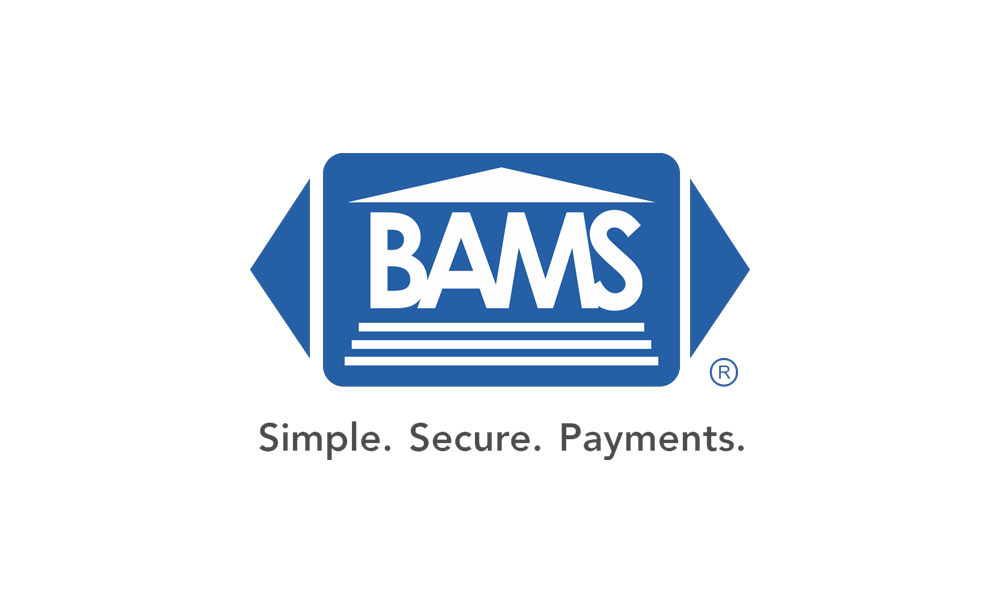Why Do So Many Businesses Prefer WooCommerce over Shopify?
WooCommerce and Shopify are two of the leading e-commerce platforms in the world. Each is full-featured and designed specifically to aide online sales, but there are as many differences (if not more) than there are similarities between the two platforms. Below we’ll analyze four of the primary areas of comparison between the two platforms, and why, while Shopify has become a giant in the space, WooCommerce is the preferred choice of so many businesses around the globe.
All-In-One vs. WordPress Add-On
One primary difference between WooCommerce and Shopify is that Shopify is a stand-alone platform, while WooCommerce is an add-on designed to integrate seamlessly with the WordPress content management system. Businesses with no existing web presence might therefor prefer Shopify, but businesses with an existing website based on WordPress – an enormous number considering WordPress powers 30% of all websites – are better served by utilizing WooCommerce. Not only will the WooCommerce backend be very familiar to those users, but the store section of their website will perfectly reflect their main theme and existing branding (assuming they’re using a WooCommerce-enabled theme.)
Availability of Themes
Both platforms offer a wide variety of free and paid themes that businesses can use to skin their online stores, but WooCommerce enjoys a significant advantage based on the sheer number of themes available, as well as costs. The WordPress.org directory has over 900 WooCommerce themes, and that number is constantly growing thanks to a large community of developers around the world. Shopify offers over 100 professional themes, but only 11 of them are free. Users looking for paid themes can access premium WooCommerce themes for prices ranging from under $20 to $100 or more. Shopify themes can be purchased for $45 and up on themeforest.net, but paid themes in the official Shopify store tend to run over $150.
Ease of Customization
WooCommerce offers nearly unlimited customization, and its themes are built using common languages like PHP, HTML, and Javascript. Shopify themes are also highly editable, but Shopify uses a proprietary templating language called Liquid. That means that changes to a Shopify store will require learning Liquid, or hiring the changes out to a developer that already knows it – a much smaller community than the development community that can handle customization and changes to WordPress and WooCommerce templates.
Pricing and Fees
Shopify offers three tiers of membership, ranging from $29 US per month for the most basic to $79 US per month for the standard package, to $299 US per month for the advanced package. Each package offers a different set of transaction fees, as follows:
Basic Shopify: 2.9% + $0.30 for card-not-present transactions, 2.7% + $0.00 for in-store card payments, and 2.0% additional fees for transactions made outside of Shopify Payments.
Shopify: 2.6% + $0.30 for card-not-present transactions, 2.5% + $0.00 for in-store card payments, and 1.0% additional fees for transactions made outside of Shopify Payments.
Advanced Shopify: 2.4% + $0.30 for card-not-present transactions, 2.4% + $0.00 for in-store card payments, and 0.5% additional fees for transactions made outside of Shopify Payments.
WooCommerce, on the other hand, is free in and of itself, with users paying only for premium extensions like SEO plugins, autoresponders, subscriptions, and themes. WooCommerce charges no transaction fees of its own, with merchants paying only the fees associated with their merchant account or payment gateway of choice. Merchants partnering with payment processors like BAMS can take full advantage of low-fee models like interchange plus pricing, a model that offers the highest level of transparency and lower average fees possible by utilizing the credit card companies’ published interchange rates to set pricing.
For more information on how BAMS seamlessly integrates with WooCommerce to enable merchants to enjoy the most affordable electronic payment solutions combined with one of the most popular eCommerce platforms in the world.
For more information on how you can leverage the power of BAMS’ built-in Signifyd integration, request your five step price comparison today.




